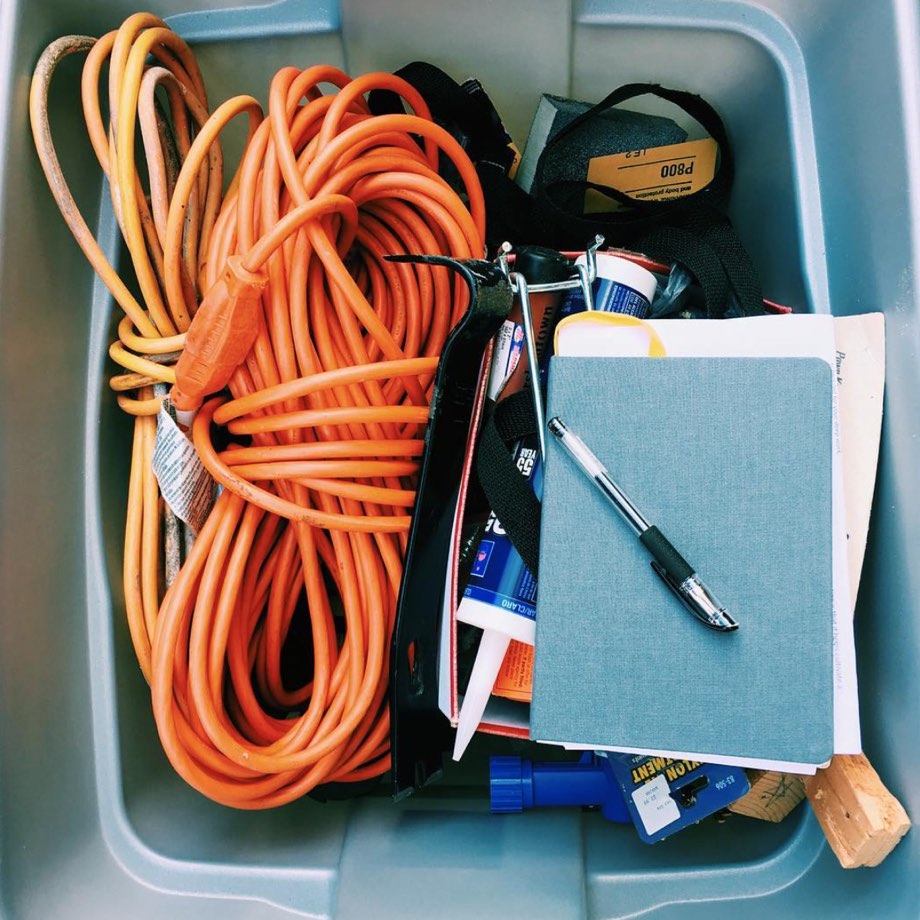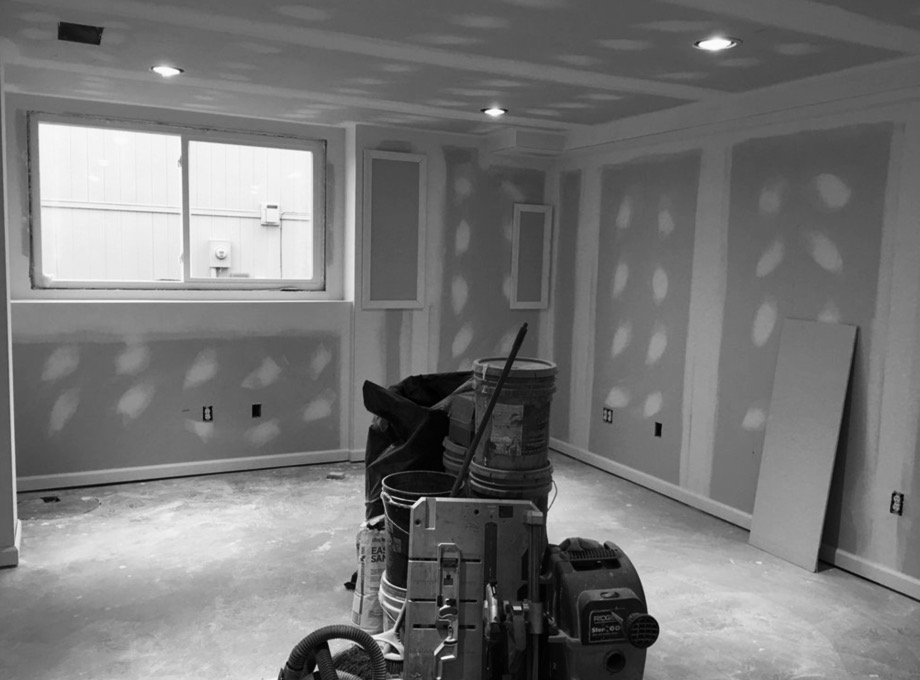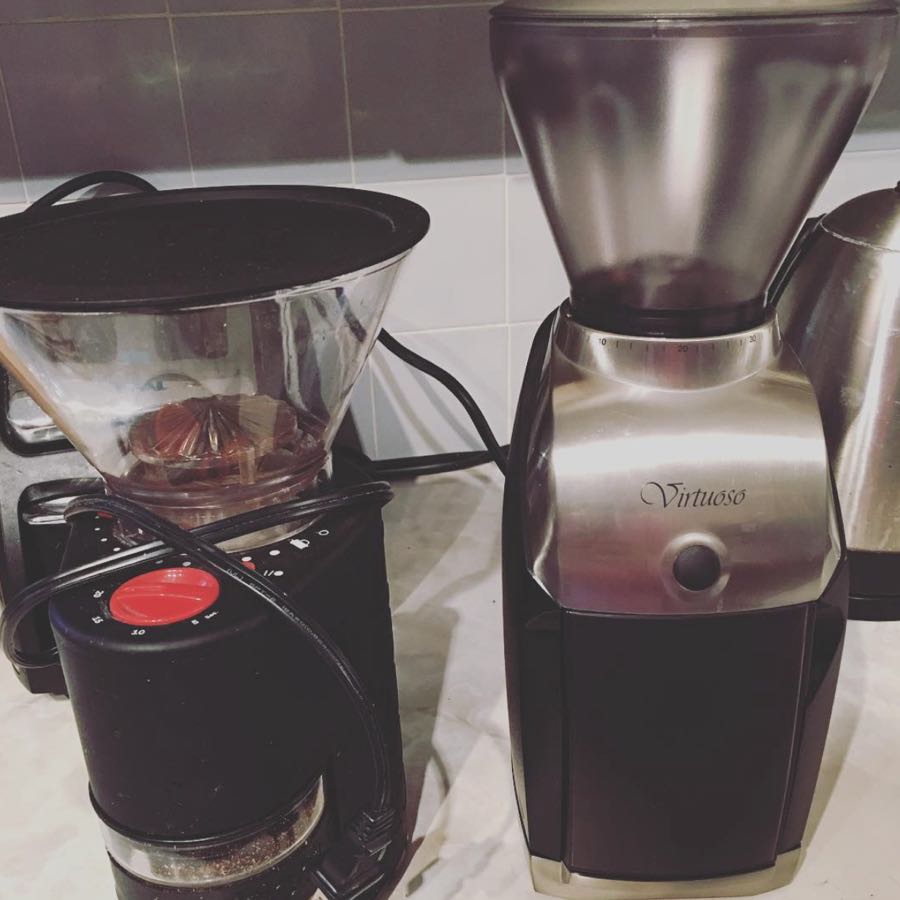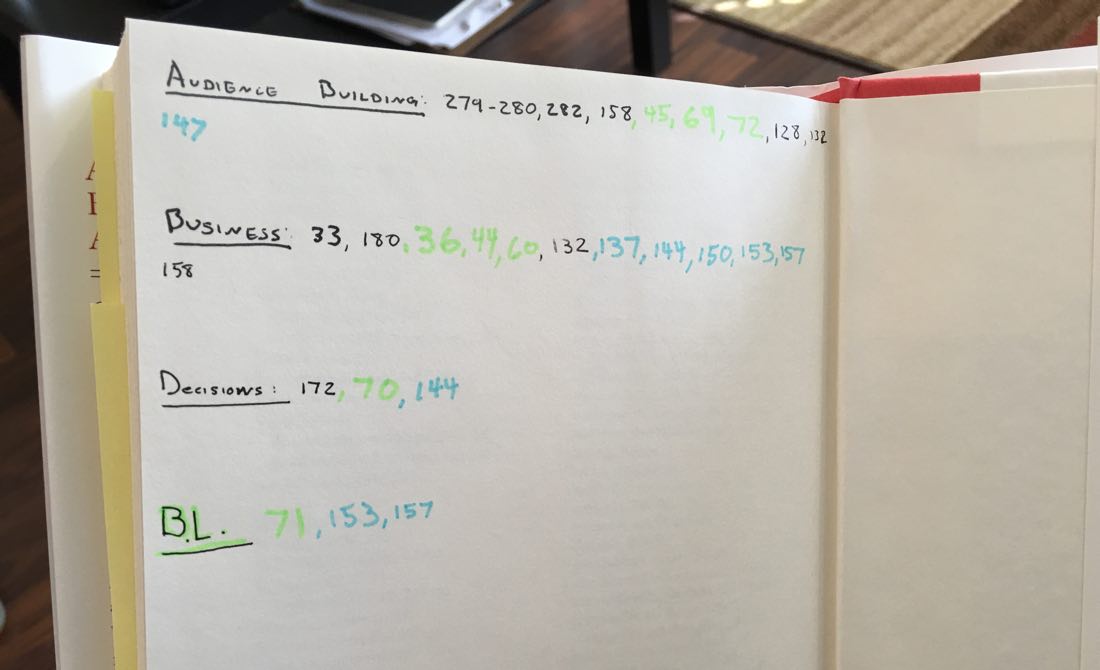Hello friends, and welcome to another edition of Fantastic Friday.
The past two Fridays have been silent because, as you know by now, my family and I moved into a new home. We’re nearly settled in! As fun as it is to move to a new place, I’m ready to get back to life as normal.
This week’s edition of Fantastic Friday, I’ve got a few gadgets for you. One is a new one you may never have heard about but if you have an Apple TV you definitely need it. The others are not new, but that doesn’t mean they’re not worth talking about.
Enjoy. And I hope you have a great weekend.
— Shawn
1. Apple TV Remote Cover
If you’ve got one of the latest-generation Apple TVs you know how awkward the Siri remote is. It’s difficult to tell which way is the proper way to hold it, and there’s no easy way to pick it up without fear of accidentally fast forwarding.
This case / cover for the remote solves all the handling problems of the remote. It makes it feel safe to pick up, you know which way to hold it, and it’s easier to hold.
2. The Apple Watch
Speaking of Apple gear, my pal Casey Liss recently wrote an article about how it’s becoming “trendy to be smug about the Apple Watch.” I’ve noticed this here and there for sure. Though, from where I’m sitting, most of my friends who bought an Apple Watch still wear it. As do I.
During our move I couldn’t remember which box I packed my Apple Watch charging cable in. It took me a few days to find the box and thus I went 48 hours or so without my Apple Watch. And it was a massive bummer.
I don’t use my Apple Watch for much, but what I do use it for is so helpful. I love being able to quickly reply to incoming text message threads; I love seeing what the outside temperature is every time I glance at my watch; I love being able to control the music we’re AirPlaying from my wrist; I love having one-tap access to a timer; I even love the Watch’s alarm chime far more than my iPhone’s.
The only two gripes I have about this incredible first-generation gadget is that I’d love it to be faster (especially when using Siri dictation), and I’d love for it to be even smarter about turning on the display when I’m trying to see what time it is. Otherwise, the conveniences the Apple Watch provide are fantastic.
I’ve had my Apple Watch for nearly a year now. I suppose a proper year-later review is in order…
3. Sonos Play:1
So I finally broke down and bought a Sonos speaker. Thanks in no small part to a gift card from a friend. (Thanks, Tyler!) We’ve had the Play:1 for about a month and I’m still not sure about it. I’ll probably write more about my Sonos at some point in the near future, but for now my thoughts boil down to this: The speaker sounds absolutely incredible, but using the Sonos app is not so great.
What about you guys? Do you have a Sonos setup? It seems that if you’re going to go Sonos, you should go all-in with them and not just get one speaker for one room.
4. Simplenote
I’ve long been a fan of Simplenote. And once again the app proved its usefulness as I used it to compile pretty much all of the notes and ideas and other random tidbits of information related to our move. With things getting packed into boxes and just generally thrown into a tizzy for about 6 weeks, one thing I did have on me at all times was my iPhone. So, having a singular central spot for all the necessary information related to our move was so helpful.



